
Here we see five variations on the basic J antenna (aka J-pole). Key takeaways include:
- The basic J and SlimJIM configurations operate identically for all practical purposes.
- The Super J is an easy way to obtain gain towards the horizon.
- The 5/8ths Super J represents the most bang for the buck for gain.
- The Collinear J provides the benefits of the Super Js in a slim package.
- If on a conductive mast (red) a mast decoupling stub (green) provides essential RF isolation while preserving a direct path to ground.
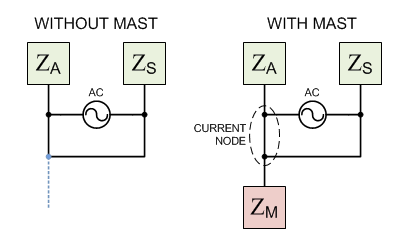
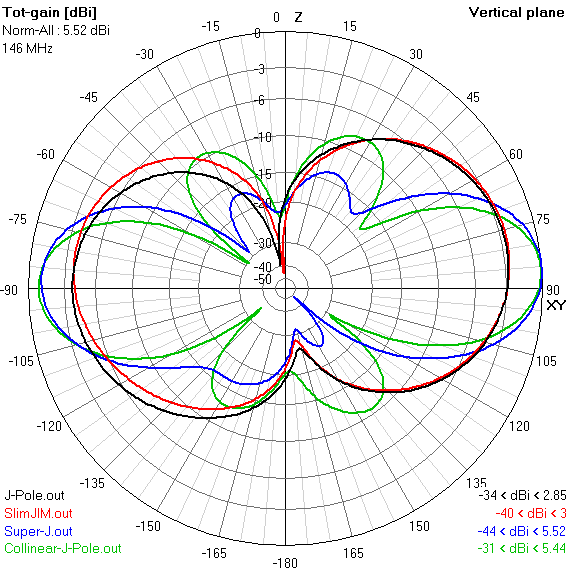
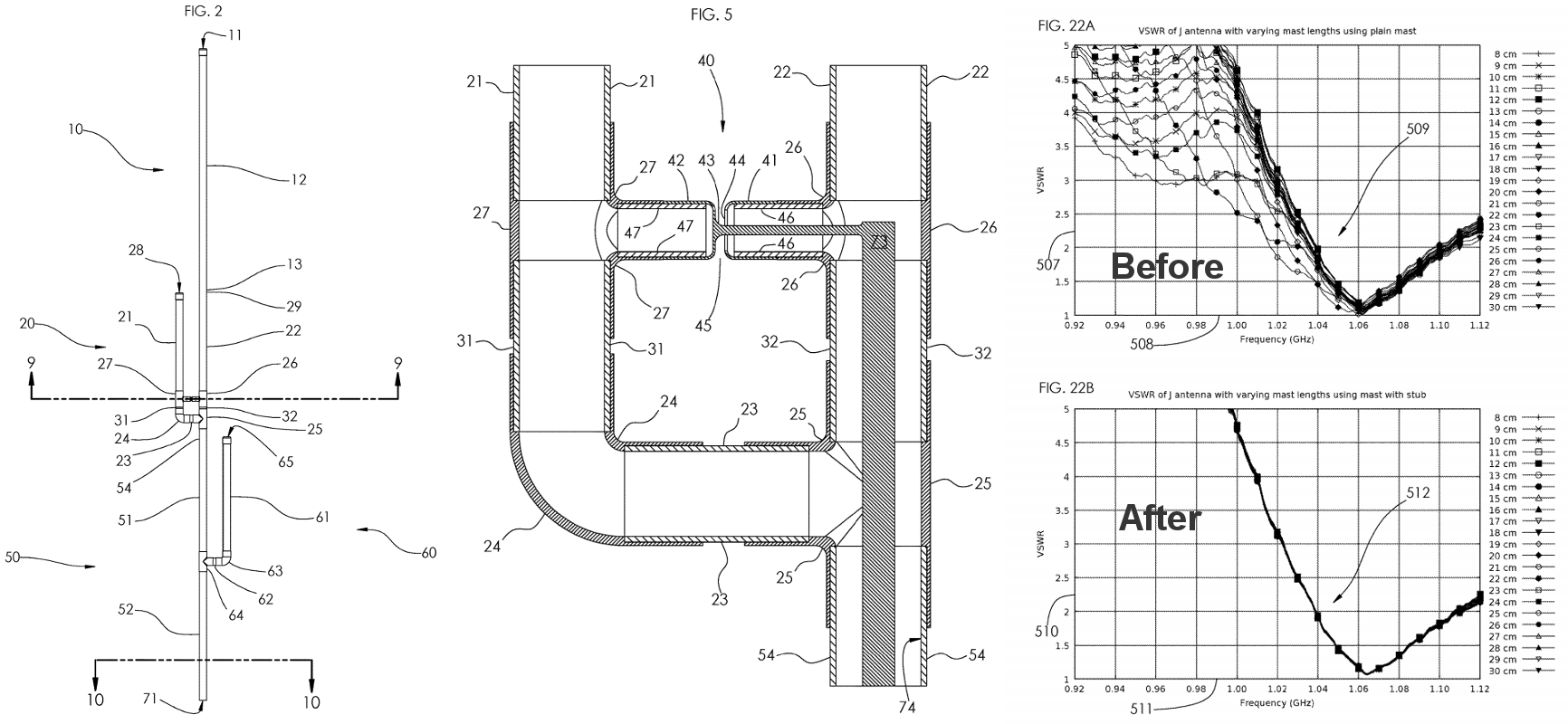
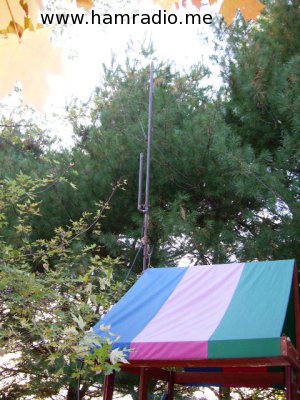
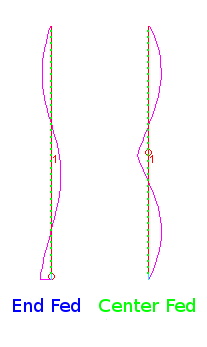
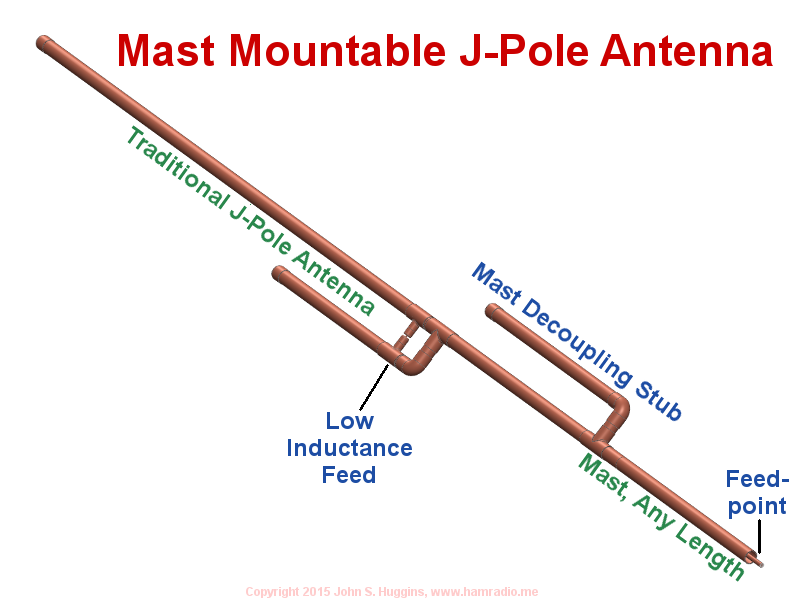
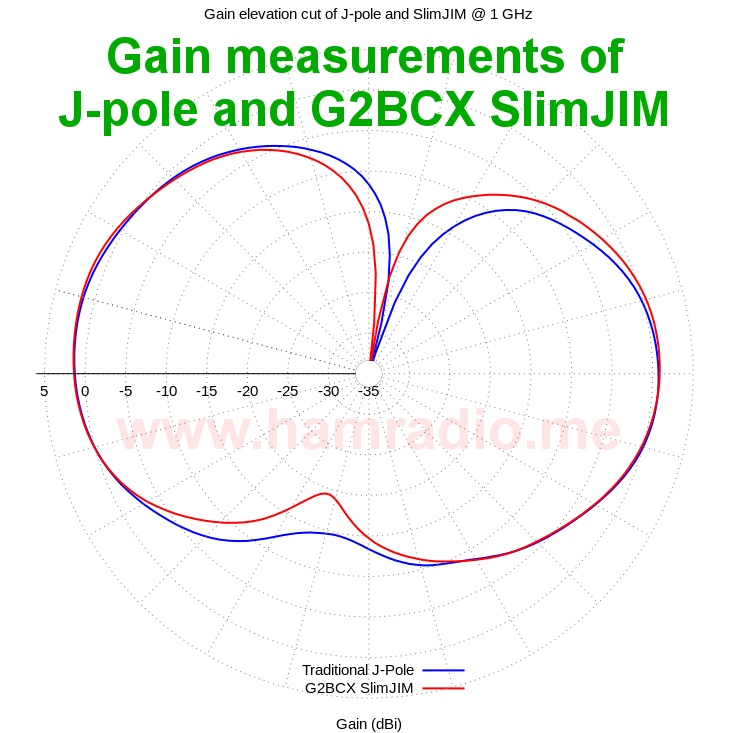
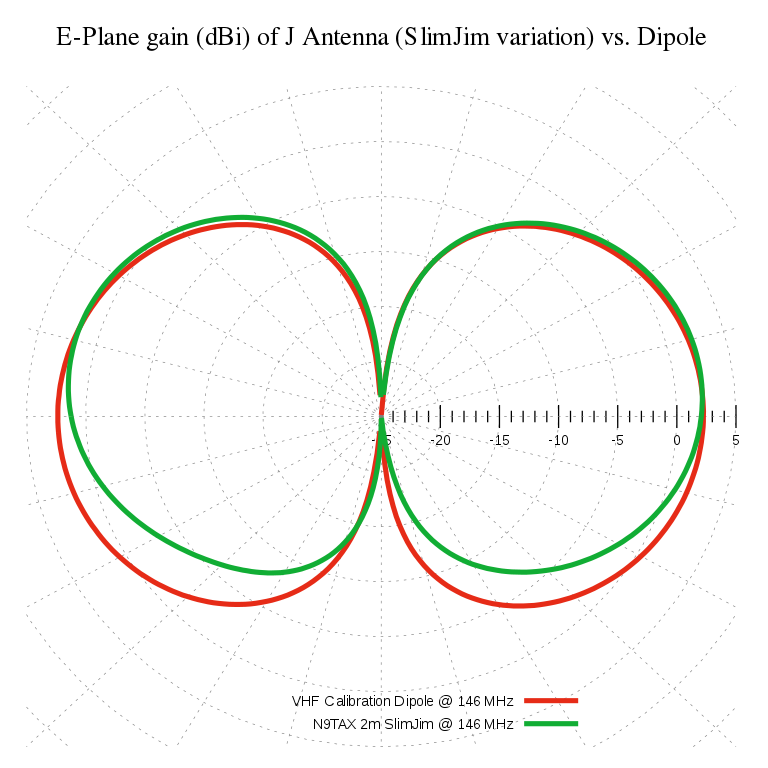
I've made Slim Jims for 2m and 70cm from 450ohm ladder line. A Super J of the same material would require only one side of the ladder line so would be quite flimsy so I was wondering; would there be any benefit in combining the two designs (still using the ladder line) whereby the top 1/2 of the Super J is shorted to the other conductor to come back down to a second horizontal phasing stub and down again to resemble a double-height Slim Jim with the opposing stubs in the middle forming a cross + ? (Wow, that was a long sentence but I didn't want to break it up)
1/4 wave matching stub at the bottom, 1/2 wave up, 1/4 wave out and back, 1/2 wave up, 1/2 wave down, 1/4 wave out and back, 1/2 wave down. So 4x 1/2 wave radiating elements which would all be in phase.
A diagram would be simpler but hopefully you can interpret my description.
Judging by your J-pole/Slim Jim comparison, I may just have made (for 70cm) a stronger Super J with no other appreciable benefit. I have no way of simulating or physically testing it other than seeing if I can access a repeater as there is little or no 70m activity locally. I won't even know if it works at all until the connector I have ordered arrives in the post next week. If it does work, I'll make a 2m version.
Interesting to hear from someone who actually knows about aerials as to whether the concept is valid or if I have wasted my time and solder.
Additionally; my current standard 2m Slim Jim is mounted 3.5m up a fibreglass fishing pole and the aerial proposed above would be mounted similarly.
how is with 2.4 ghz?
hmm